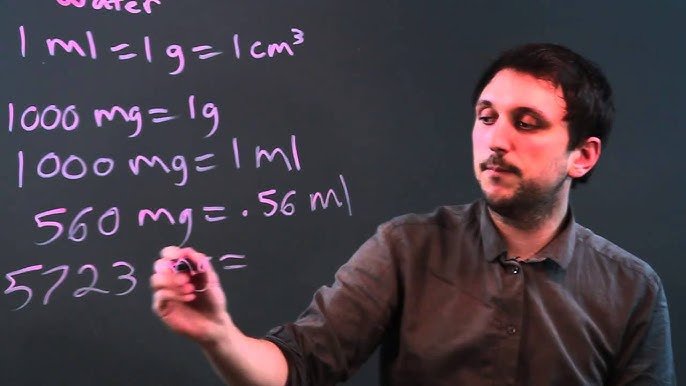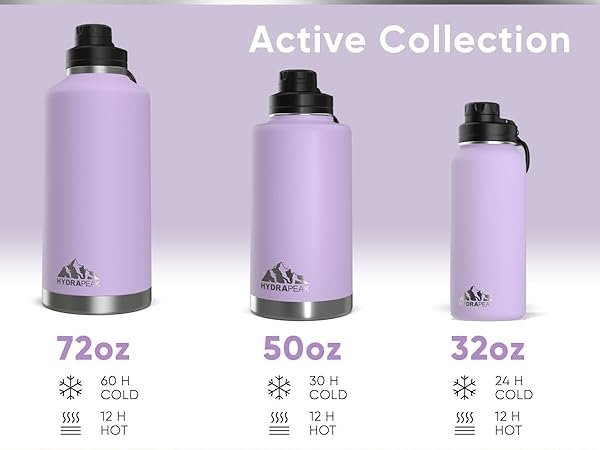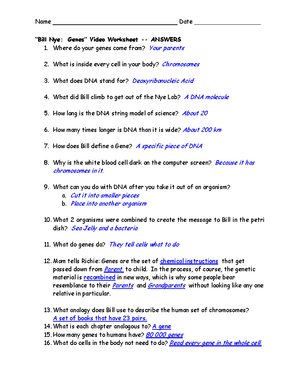1ml is equivalent to how many mg? The answer lies in understanding the density of the substance in question. This simple yet often perplexing conversion is a common dilemma for many. In this article, we’ll delve into the intricacies of converting volume to weight, providing clarity and guidance. Let’s unravel the mystery behind ‘1ml is how many mg’ and equip ourselves with the knowledge to navigate this conversion effortlessly.
Understanding the Conversion: 1ml is How Many mg
Welcome, curious minds! Today, we are diving into the fascinating world of measurements. Have you ever wondered how we convert from milliliters to milligrams? Well, wonder no more because we’re about to unravel this mystery together. So, grab your thinking caps, and let’s embark on this exciting journey!
The Basics: What are Milliliters and Milligrams?
Before we delve into the conversion, let’s first understand what milliliters (ml) and milligrams (mg) are. Milliliters are a unit of measurement used to quantify volume, typically for liquids. On the other hand, milligrams measure weight or mass, commonly used for solid substances like medications. Now, the big question is: How do we equate these two different units?
Breaking it Down: Converting Milliliters to Milligrams
So, here’s the deal: 1 milliliter is a volume measurement, while 1 milligram is a weight measurement. To convert from milliliters to milligrams, we need to consider the density of the substance in question. Density tells us how much mass is packed into a specific volume. Different substances have unique densities, which affect the conversion factor.
Understanding Density
Imagine a jar of honey and a jar of feathers. The honey is denser than the feathers because it has more mass packed into the same volume. This concept is crucial when converting between milliliters and milligrams. For example, 1 milliliter of water weighs 1 gram, or 1000 milligrams, because water has a density of 1 gram per milliliter.
Examples of Conversion
Let’s practice some conversions to solidify our understanding. If we have a medication that states 5mg per 2ml, how many milligrams would be in 1 milliliter? To find out, we can set up a proportion: 5mg / 2ml = Xmg / 1ml. Cross-multiplying gives us X = 2.5mg. Therefore, 1 milliliter would contain 2.5 milligrams of the medication.
Real-Life Applications: Why Does it Matter?
Understanding the conversion from milliliters to milligrams is crucial in many aspects of our daily lives. For instance, in the medical field, accurate dosing of medications is vital for patient safety. Pharmacists and healthcare providers rely on proper measurements to ensure patients receive the correct amount of medication based on their weight and condition.
Moreover, in science and research, precise measurements are essential for conducting experiments and analyzing results. Whether it’s mixing chemicals in a lab or determining the nutritional content of food, having a firm grasp of converting units like milliliters to milligrams is indispensable.
Practical Tips for Conversions
Now that we’ve mastered the art of converting milliliters to milligrams, let’s explore some handy tips to make the process easier:
Tip 1: Know the Density
Before attempting any conversion, familiarize yourself with the density of the substance you’re working with. Different liquids and solids have varying densities, affecting the conversion factor.
Tip 2: Use Proportions
Proportions are your best friends when converting between units. Setting up a simple proportion equation can help you solve for the unknown quantity quickly and accurately.
Tip 3: Check Your Math
Double-check your calculations to ensure accuracy. A small error in measurement can lead to significant discrepancies, especially when dealing with potent substances or medications.
Congratulations, young scholars! We’ve successfully explored the intriguing world of converting milliliters to milligrams. Remember, learning about measurements is not just about numbers; it’s about understanding how the world around us operates. So, keep questioning, keep exploring, and keep expanding your knowledge. Until next time, keep measuring and converting with confidence!
Stay curious!
How to Read a Syringe 3 ml, 1 ml, Insulin, & 5 ml/cc | Reading a Syringe Plunger
Frequently Asked Questions
How can I convert 1ml to mg?
To convert 1 milliliter (ml) to milligrams (mg), you need to know the density of the substance you are measuring. The conversion factor depends on the density of the specific substance. For water, which has a density of 1 gram per milliliter, 1 ml is equal to 1000 mg since 1 gram is equal to 1000 milligrams.
Why is it important to consider density when converting 1ml to mg?
Density is crucial because different substances have different densities, meaning their weight in milligrams can vary in 1 milliliter. Understanding the density helps you accurately convert volume (ml) to mass (mg).
Can the conversion of 1ml to mg be different for various substances?
Yes, the conversion of 1 milliliter to milligrams can vary depending on the density of the substance. Each substance has its own density, which determines the weight in milligrams for a volume of 1 milliliter.
Final Thoughts
In conclusion, understanding the conversion of milliliters (ml) to milligrams (mg) is crucial for accurate medication dosing. Remember that the conversion factor varies for different substances. Always refer to the medication label or consult a healthcare professional to determine the specific conversion ratio. Knowing that 1ml is how many mg can prevent medication errors and ensure proper administration. Stay informed and precise when measuring liquid medications to promote safe and effective treatment.




